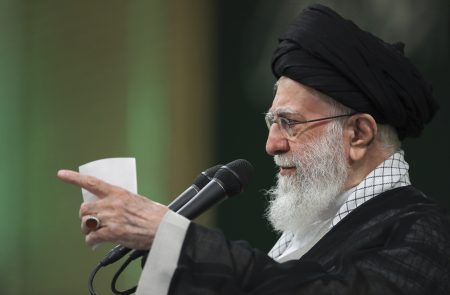The Israeli army launched a massive operation into Lebanon, both by sea and ground, during the current conflict. This operation was considered one of the deepest incursions into Lebanese territory by Israeli forces in recent times. The Israeli military’s objective in this operation was to target and destroy Hezbollah strongholds and military infrastructure in southern Lebanon. The operation was part of the larger conflict between Israel and Hezbollah, with both sides engaging in intense fighting and exchanging fire.
The Israeli military utilized a combination of ground forces and naval forces in this operation, showcasing their military strength and capabilities. The use of sea and ground forces allowed the Israeli army to launch a well-coordinated and multi-dimensional assault on Hezbollah targets in Lebanon. The operation likely involved strategic planning and coordination to ensure the success of the mission and minimize casualties on the Israeli side.
The incursion into Lebanon by Israeli forces marked a significant escalation in the conflict between Israel and Hezbollah. The operation demonstrated Israel’s determination to target and destroy Hezbollah’s military infrastructure and capabilities in southern Lebanon. The presence of Israeli troops on Lebanese soil highlighted the intensity of the conflict and the high stakes involved for both sides. The operation also raised concerns about the potential for further escalation and a widening of the conflict in the region.
The Israeli incursion into Lebanon was a bold and aggressive move by the Israeli military, aimed at weakening Hezbollah and pushing back against the militant group’s influence in southern Lebanon. The operation reflected Israel’s commitment to defending its borders and security interests, even at the risk of escalating tensions with Hezbollah and other regional actors. The Israeli government likely saw the operation as necessary to protect Israeli civilians and deter further attacks by Hezbollah on Israeli territory.
The operation by Israeli forces in Lebanon may have also been designed to send a strong message to Hezbollah and other militant groups in the region. The incursion demonstrated Israel’s military capabilities and willingness to take decisive action against threats to its security. The operation likely aimed to disrupt Hezbollah’s activities in southern Lebanon and degrade the group’s ability to launch attacks on Israel. By conducting such a deep incursion into Lebanese territory, Israel may have sought to show its strength and resolve in the face of ongoing conflict and hostility.
Overall, the Israeli operation in Lebanon during the current war marked a significant escalation in the conflict between Israel and Hezbollah. The use of sea and ground forces in the operation showcased Israel’s military strength and determination to target and destroy Hezbollah’s infrastructure in southern Lebanon. The operation highlighted the high stakes involved for both sides in the conflict and raised concerns about the potential for further escalation in the region. Moving forward, the impact of the Israeli operation on the conflict between Israel and Hezbollah remains to be seen, but it is clear that both sides are willing to engage in aggressive and decisive actions to defend their respective interests.












